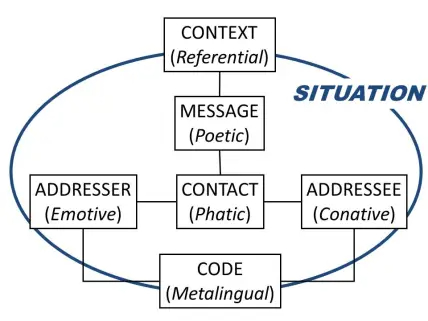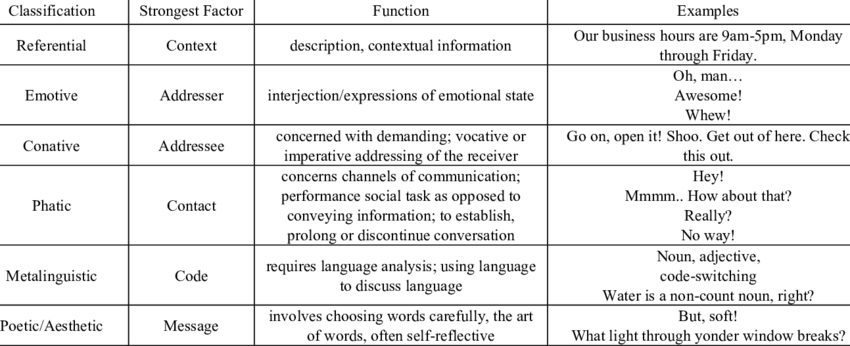Approaches to language for non-linguists (”regular ppl”):
- “language” often means the standard language
- language of school, formal writting
- often seen as more “correct”
- associated with a prescriptive approach
- how ppl “should” talk
- other use of language (non standard, dialect) is often seen as chaotic, not rule-governed.
Approaches to language for linguists:
→ Linguists are descriptive
- describe how ppl actually talk, not how they “should” talk
- there’s no “good” or “bad” language, “ugly” or “lazy” varieties…
- a necessary attitude for scientific study
- other disciplines don’t talk about “good” or “bad” planets, minerals, birds…
 " src="https://cdn.jsdelivr.net/gh/jdecked/twemoji@16.0.1/assets/svg/27a1.svg"/>Linguists describe but do not prescribe language
" src="https://cdn.jsdelivr.net/gh/jdecked/twemoji@16.0.1/assets/svg/27a1.svg"/>Linguists describe but do not prescribe language
Social evaluation
- diff language varieties or features are evaluated as “good” or “bad” by members of the society and that’s something that linguists study
 " src="https://cdn.jsdelivr.net/gh/jdecked/twemoji@16.0.1/assets/svg/27a1.svg"/> That can lead to linguistic insecurity
" src="https://cdn.jsdelivr.net/gh/jdecked/twemoji@16.0.1/assets/svg/27a1.svg"/> That can lead to linguistic insecurity

 " src="https://cdn.jsdelivr.net/gh/jdecked/twemoji@16.0.1/assets/svg/27a1.svg"/> for social, psychological, historical and political reasons ("a language is a dialect with an army and a navy")
" src="https://cdn.jsdelivr.net/gh/jdecked/twemoji@16.0.1/assets/svg/27a1.svg"/> for social, psychological, historical and political reasons ("a language is a dialect with an army and a navy")

